From climate change and plastic pollution, to mining and overfishing, the threats facing our oceans are getting more urgent every day.
Right now, there’s a chance to turn things around. World leading scientists, working alongside Greenpeace, have drawn up a bold rescue plan for our oceans– and it’s brilliantly simple: we create huge ocean sanctuaries all over the world, putting millions of square kilometres off-limits to fishing, mining, drilling and other destructive industries.
If the plan goes ahead, it’ll be one of the biggest conservation efforts in human history. And while sanctuaries can’t fix everything, the benefits for ocean life – and for people worldwide – would be enormous.
Posted by Greenpeace UK
First, why is it important to protect the oceans?
Hundreds of miles offshore, the open oceans are pretty far-removed from the average person’s everyday life.But these waters are truly special. They’re home to creatures more varied than in the tropical rainforests. They contain the highest and longest mountain range
anywhere on Earth, and trenches deep enough to hold Mount Everest . They’re the highways for whales and turtles on their cross-planet migrations.
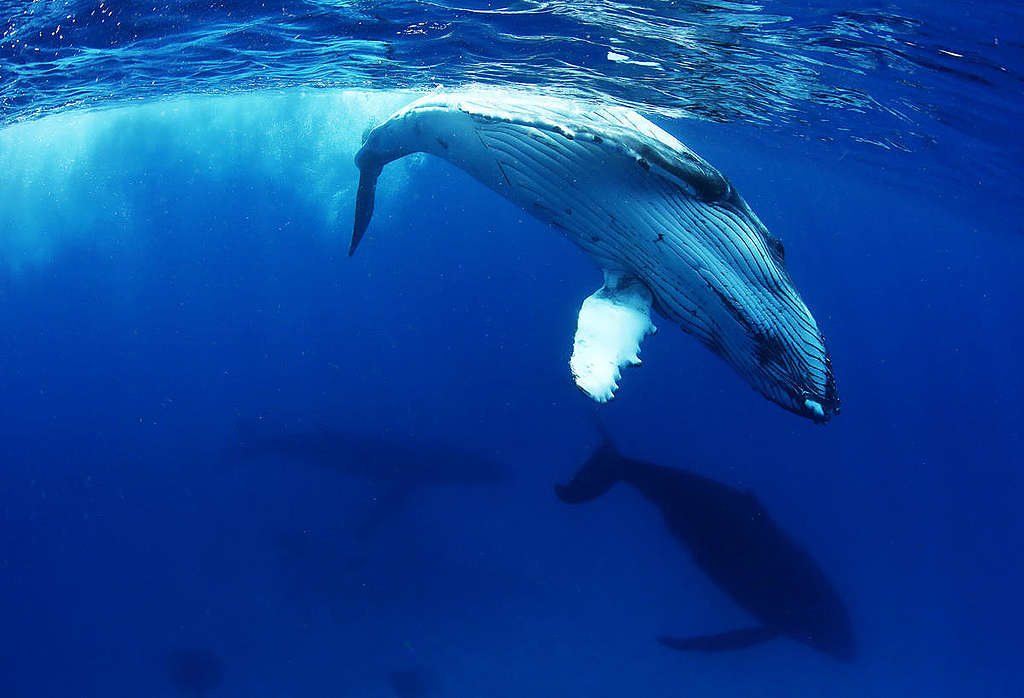
The oceans produce half of our oxygen
and food for a billion people . And because they soak up huge amounts of carbon dioxide, they’re also one of our best defences against climate change .
What does the plan involve?
The Ocean Rescue Plan would create a huge network of protected areas (ocean sanctuaries) covering at least 30% of the oceans by 2030. Within these areas fishing, seabed mining, and any other industrial activity would be illegal.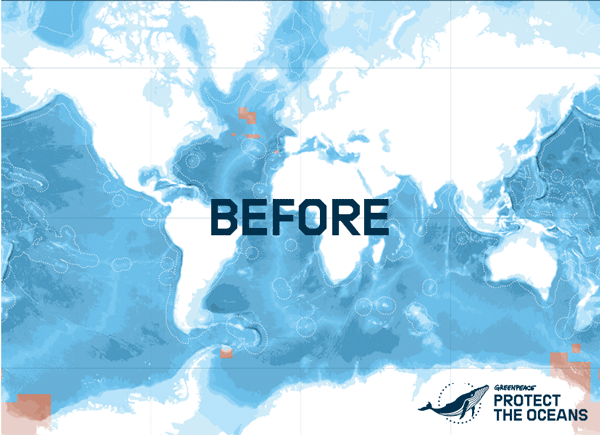
How were these areas chosen?
It’s not just about the total size. To make the most of their potential, the protected areas need to be in the right place.To work this out, a team of scientists used data on habitats, species, fishing patterns, and features like undersea mountains and trenches to generate hundreds of different options for where the sanctuaries could go. They even took into account the effects of climate change, and how the protected areas would work together.
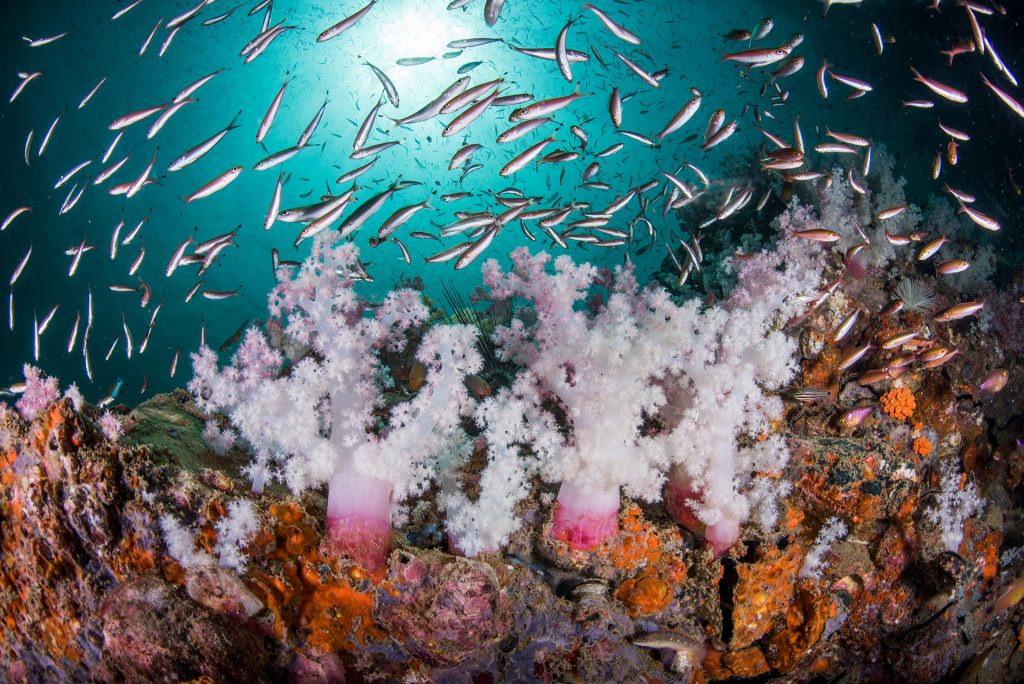
How is this different to the ocean sanctuaries that already exist?
You’ve probably heard about ocean sanctuaries that already exist – either in individual countries’ national waters, or special areas like the Antarctic.Sadly, too many of these are so-called ‘paper parks
’ with lax enforcement, or rules too weak to offer true protection. But where they’re well designed, ocean sanctuaries work amazingly well.
So these new sanctuaries would be different in two ways. Firstly, they’d actually work – with strict rules and well-funded enforcement (more on this below). And secondly, they’d be in places that it wouldn’t have been possible to protect before.
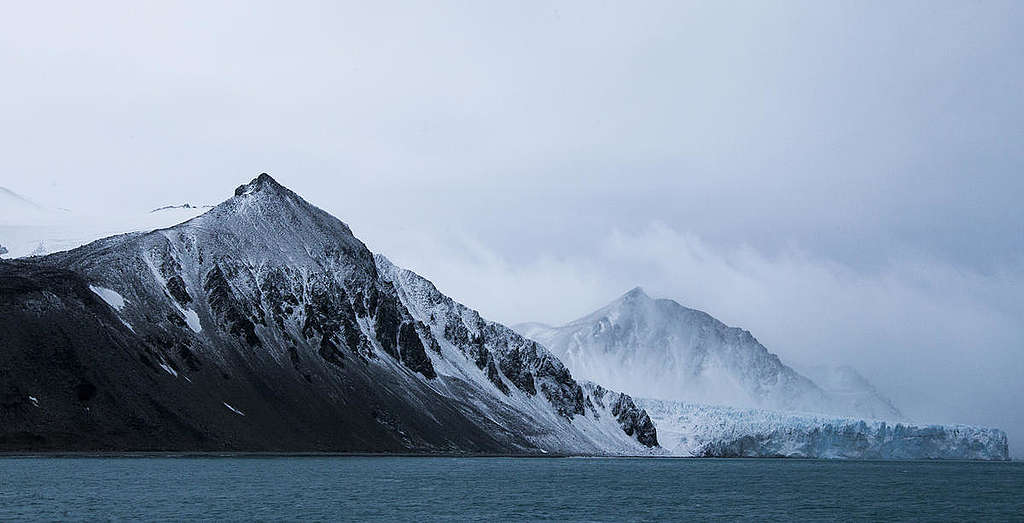
How would the new sanctuaries be created?
At the moment, there’s no way to create ocean sanctuaries outside of national waters – the legal mechanism for countries to agree on something like this simply doesn’t exist.Things like this are usually handled by treaties, and as luck would have it, there’s a Global Ocean Treaty being negotiated that could give us everything we need to get started.
A good treaty would create a new UN body that could examine proposals for new sanctuaries using the latest science, then provide strong enforcement to make sure these sanctuaries are genuinely off-limits to harmful industries.
What are the obstacles to a treaty?
Although we’re likely to get some sort of treaty, a good treaty won’t happen by itself. Destructive industries like industrial fishing are pushing hard to carry on with business as usual, and some governments are happy to argue on their behalf.To counter this, politicians need to see a popular movement for ocean protection, both in their individual countries and worldwide. By coming together and speaking out, we can embolden the politicians that are already pushing for change, and force the cautious or undecided countries to properly back a strong treaty.
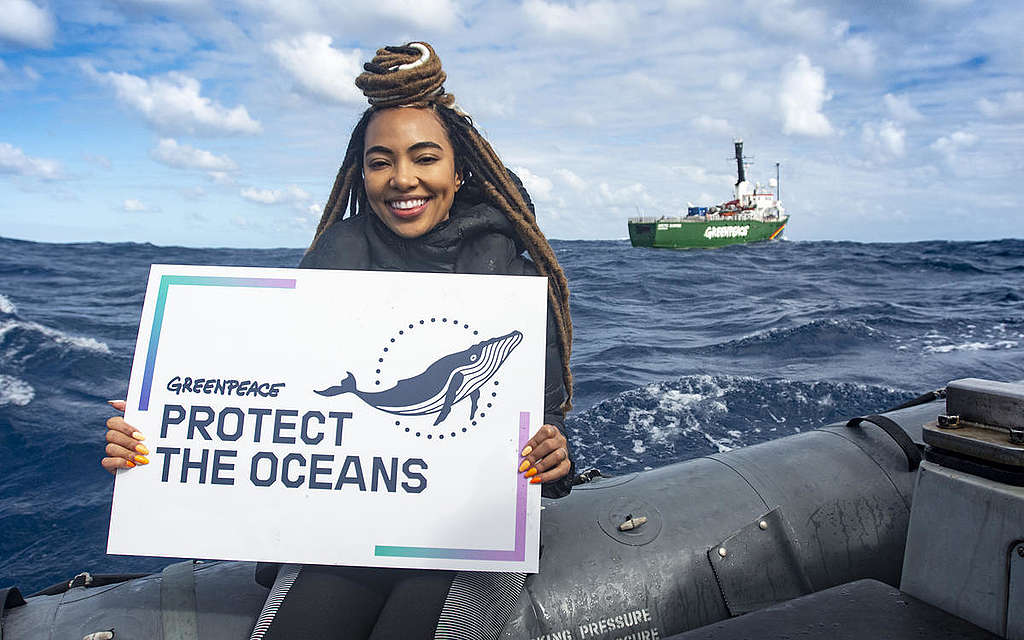

No comments:
Post a Comment
Note: Only a member of this blog may post a comment.